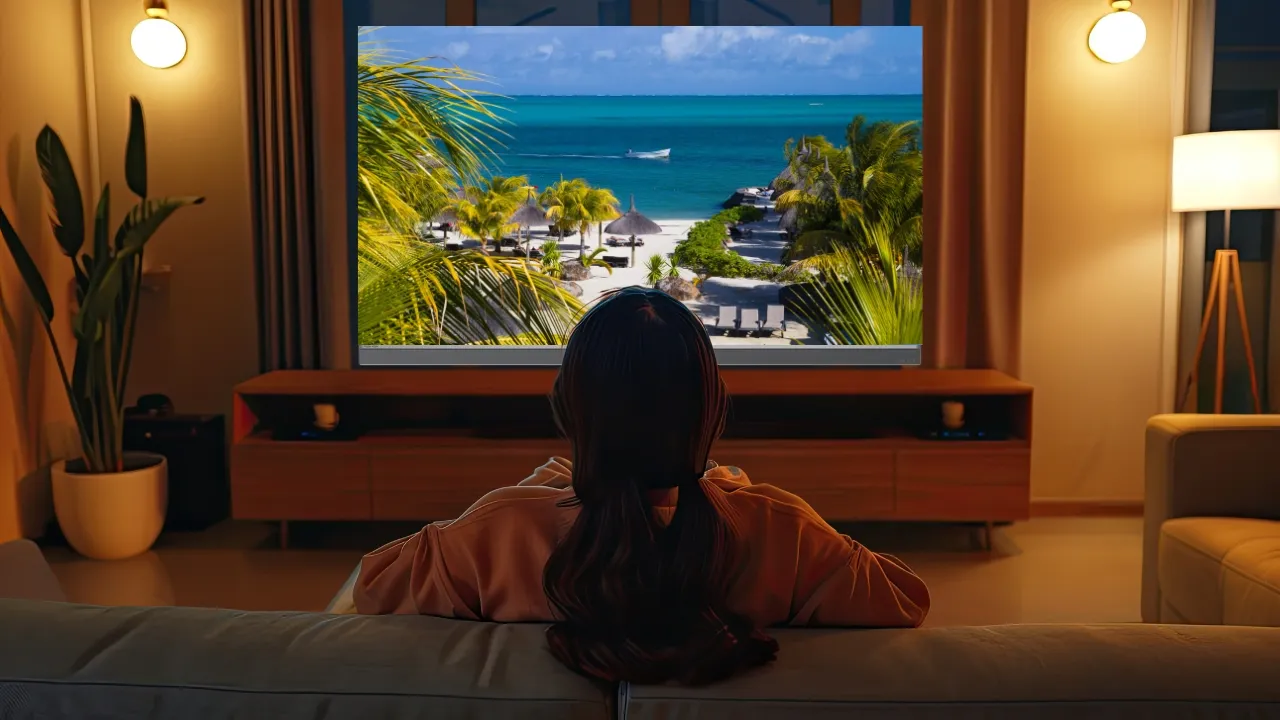TVs have changed a lot recently and evolved with new advancements of the century. LED TVs, or light-emitting diode televisions, have become an industry standard. These devices have a better picture quality than other kinds of screens such as LCDs or plasmas. They also consume less power and are much thinner.
As you look around for an LED TV this year, there are certain things you should take into account so that you end up with the right model for your needs and budget. In this buying guide we shall go over some basic specifications and features that one must keep an eye out when purchasing their TV set in 2024.
Size of the Screen
The first thing that needs to be decided is what size screen would work best for your space? There is quite a variety available when it comes to sizes ranging from small 32 inch models all the way upto massive 85 inches. Take into consideration the viewing distance and overall dimensions of the room where you plan on placing this television.
The general rule of thumb states that a screen’s diagonal size should be between four point five times and six times bigger than its minimum sitting distance away from it. For example if someone sits ten feet away from their TV then they ideally need something between fifty five and sixty five inches big.
Larger screens starting from sixty five inches upwards really shine in dedicated home theaters while more modest forty to fifty inch ones might be better suited for smaller rooms or tighter budgets – Just think about how far back do you usually sit?
Resolution
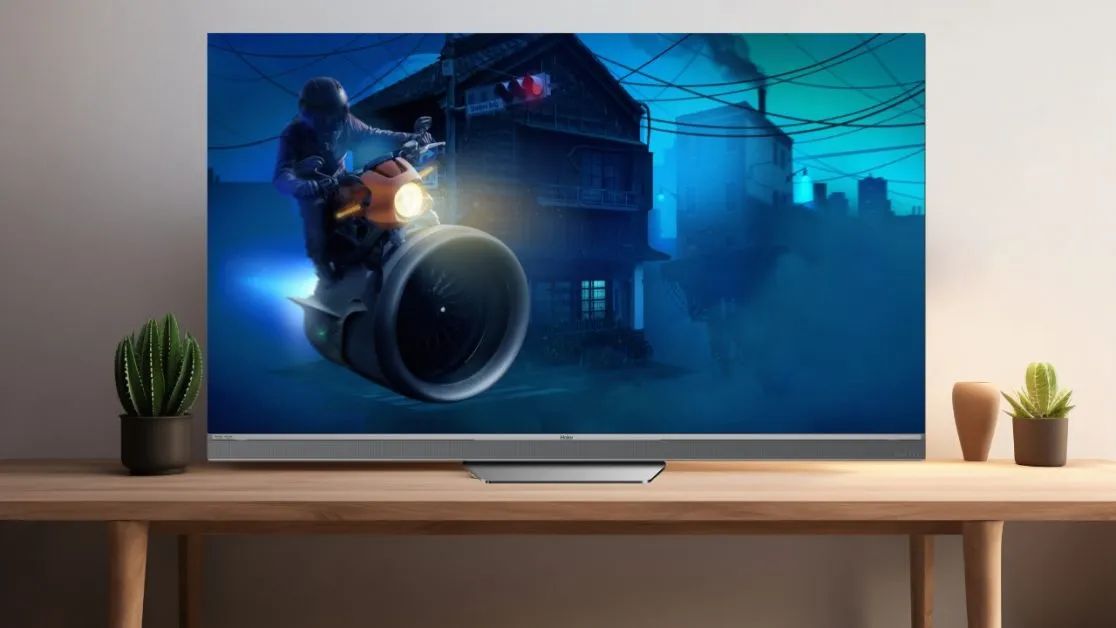
Resolution refers to how sharp or detailed an image appears on screen due to its pixel density per square inch (ppi). There are three main resolutions found in most LED TVs:
With four times as many pixels as Full HD 1080P televisions, 4K resolution provides the highest level of clarity currently available. 4K is now considered to be standard for medium-sized and larger screens over fifty inches – Anything smaller than that should still look good if it has either seven twenty or ten eighty PPI. But if you want the ultimate sharpness and better future-proofing then go for a 4K LED TV.
Within these four thousand pixel sets there may also exist features like HDR (High Dynamic Range) which increases their brightness range even further making them look more vibrant under certain conditions such as when watching movies with lots of dark scenes followed by very bright ones.
Refresh Rate
Measured in hertz, this term describes how many times per second an image gets redrawn on the display panel. A higher refresh rate means smoother motion and less blurring especially during fast-moving action scenes found in sports broadcasts or video games.
The vast majority of LED TVs have a native refresh rate of sixty hertz but some can go up to one hundred twenty or two hundred forty depending upon brand and model number. If you watch lots of fast paced content then consider getting something above sixty HZ otherwise stick with what’s already out there.
Motion Interpolation / MEMC

These are additional features which aim to make moving objects within frames appear more sharply defined by inserting extra frames in between existing ones so as not to lose detail during transition periods where things change rapidly from one state into another i.e., person running towards camera etcetera… They work well with higher frame rates produced by gaming consoles or Blu-ray players but are not always compatible therefore might need manual activation before use.
HDR Support
This technology enables brighter whites, deeper blacks, wider color spectrum as well as greater overall picture contrast ratio resulting into much more vibrant looking images on screen than ever before possible through traditional SDR content sources such as DVDs or broadcast TV signals only capable of delivering limited dynamic range.
HDR formats such as HDR10, Dolby Vision, HDR10+ and HLG should be supported by LED TVs. The more formats of this kind are supported, the better quality content of this type you will be able to enjoy. In fact, some premium LED models also boast features like Dolby Vision IQ which offers enhanced brightness levels as well as picture optimization according to light conditions in the room where it is placed (Haier 65C11 65-inch OLED Google TV).
Smart TV
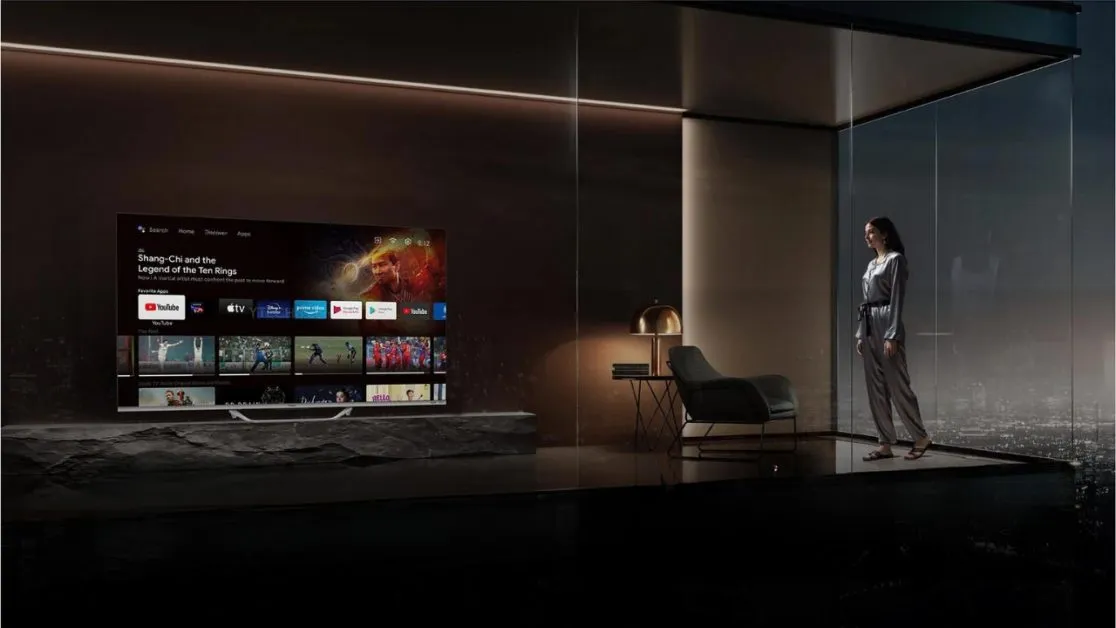
Almost all modern LED televisions are referred to as “smart” because they can connect to streaming services and the internet. The differentiator here is the platform or operating system of a smart TV. There are many popular platforms today including LG Smart OS, webOS, Roku TV, Android TV, Amazon Fire TV and Google TV.
To make the right choice you have to consider how often you plan on using streaming apps versus cable/satellite; which ones have your preferred apps/services and whether built-in voice controls are important for you or not? For an extensive integration Google TV offer full-featured options when it comes to streaming capabilities within a smart home environment.
Haier 164cm (65) Smart Google TV With Far-Field & Micro Dimming – 65S8GT is an example that uses Google’s robust personalized recommendation algorithm along with hands-free voice control. It is all about the immersive viewing and listening experience. With crisp 4K UHD resolution and Dolby’s top-notch HDR and Atmos tech, what you see and hear will blow you away. Smooth, blur-free motion and enhanced contrast make any movie pop. The Google TV platform curates content just for you. Hands-free voice control, abundant storage, and a sleek metal stand design add major convenience. Audio is specially tuned to optimize sound quality. If you’re looking for premium visuals, surround sound and smarts, this entertainment hub aims to impress.
Haier 140cm (55) Smart Google TV With Far-Field & Micro Dimming – 55S8GT is another model that delivers an immersive viewing experience with its 4K UHD resolution and MEMC technology for smooth, blur-free visuals. Micro dimming optimizes contrast while Dolby Vision and Dolby Atmos provide ultra-vivid HDR imaging and enveloping 3D audio. Hands-free voice control and the Google TV platform offer smart convenience. With ample 2GB RAM and 32GB storage, this TV performs seamlessly. The stylish metal stand design lends stability and a premium look.
Audio Quality
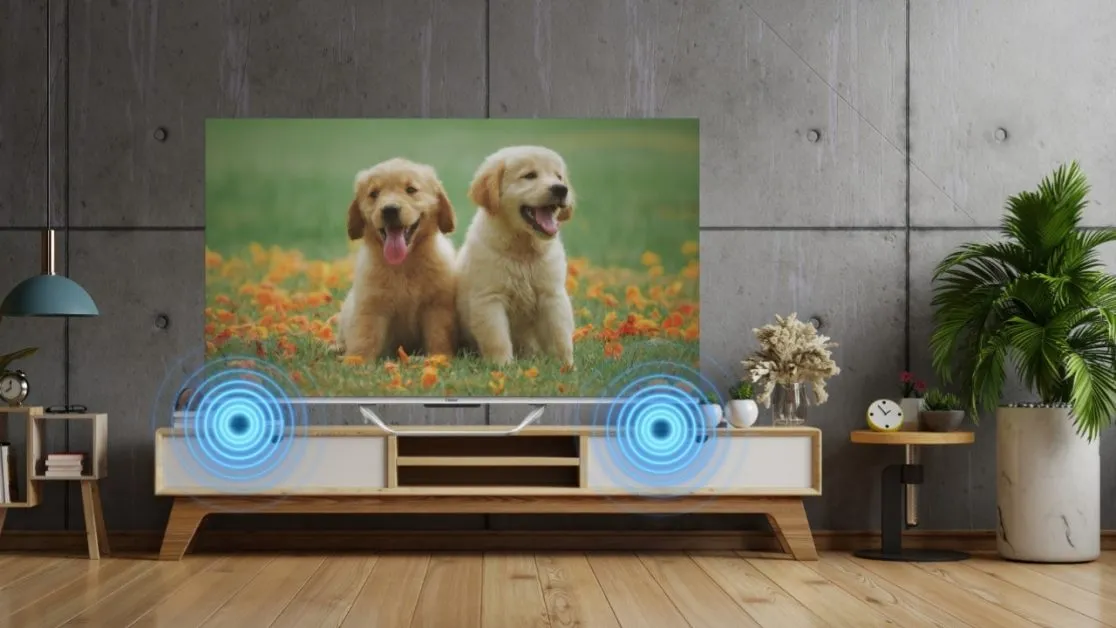
When it comes to immersive viewing experience audio quality becomes more important with larger screen sizes. Look out for those LEDs which incorporate speaker systems that have dedicated woofers for bass impactfulness and tweeters for high-pitched clarity. Sound power measured in watts might give one an idea about how loud a device can get but it does not tell everything there is about sound quality so always take other factors into consideration too.
Dolby Atmos among other technologies can create a surround sound effect in any given space depending on what else may be present there at that time apart from speakers alone. As such if you want the best audio out of your watching sessions either go for a soundbar or home theater system. Alternatively, you can always settle for an LED TV that comes with premium integrated sound from brands like Harman Kardon (for instance Haier 75P7GT 75-inch Smart Google TV).
Ports and Connectivity

Modern LED TVs are packed full of connectivity options and input ports to ensure that all devices can be connected together. At the very least expect to find three or four HDMI ports on your new set in order to accommodate multiple HD media players simultaneously; USB, Ethernet, Wi-Fi as well as Bluetooth should also be present for further versatility.
Some models go as far as incorporating Apple AirPlay or Chromecast built-in thereby enabling one click streaming directly from their smartphone/tablet device onto these larger screens without any hassle whatsoever. Do make sure though that whichever model you choose has got all necessary inputs/outputs required by specific media players/game consoles/sound systems/accessories etcetera which are part of your entertainment setup.
Gaming Features
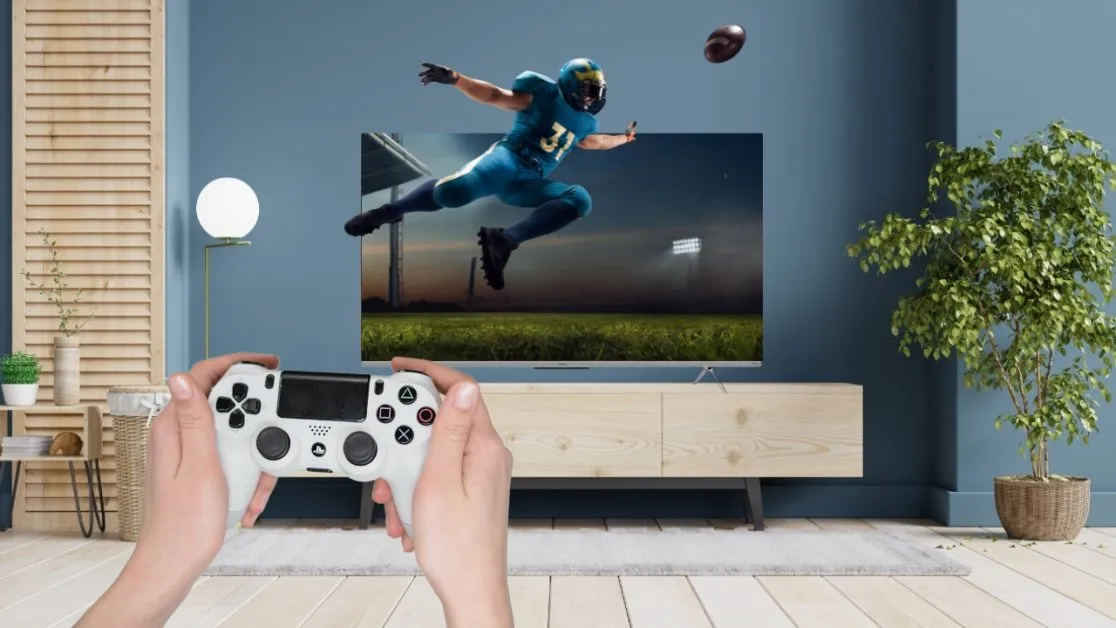
Gamers know what they need when it comes to LED televisions – fast response time & low input lag ensures controller commands do not have significant delay before being acted upon by game software resulting in smoother gameplay experience devoid of lags. Adaptive sync technologies effectively reduce graphic artifacts often caused due to screen tearing or mismatch between GPU output frame rate with display panel refresh rate.
Look out for “Game Mode” settings within picture menu settings because this automatically optimizes various aspects of TV performance specifically designed around gaming requirements where possible so make use of it when playing games is one’s primary activity.
For Example Haier 165cm (65) Smart Google TV With Far-Field – 65P7GT delivers an exceptional gaming experience thanks to dedicated GAME MODE features. With Variable Refresh Rate (VRR) and Auto Low Latency Mode (ALLM), you’ll enjoy smoother gameplay, reduced input lag, and faster response times. The TV optimizes picture settings like HDR and frame rates for enhanced graphics during gaming. Along with Google TV’s tailored recommendations and curated gaming content, this model provides an immersive, lag-free gaming performance to match advanced next-gen consoles and PC graphics. Its GAME MODE enhances gameplay for any genre, from fast-paced competitive esports to story-driven adventures.
Also Haier 189cm (75) Smart Google TV With Far-Field – 75P7GT is a larger screen model delivers an immersive 4K UHD viewing experience with MEMC technology for smooth, blur-free visuals. Far-field voice control and Google TV provide a personalized, smart platform. Enhanced audio from dbx-tv and support for Dolby formats create a cinematic auditory experience. VRR and ALLM optimize gameplay while the bezel-less metal design and ample storage blend form and function seamlessly. With advanced display, smarts and sound, this TV aims to be a premium entertainment hub.
Conclusion
The TV market has never had more options than it does today. As we explore our next LED TV, let’s consider size, display technologies (e.g. OLED , QLED ) smart features among others discussed in this guidebook.Taking into account such factors as budget capacity; room dimensionality; viewing habits/preferences will enable us choose an appropriate model that will serve us well over many years until another upgrade is needed.Having said so much already about these things – we hope that through careful study & comparison one must find their perfect performing yet affordable priced LED TV set sometime within now or even beyond year end!

